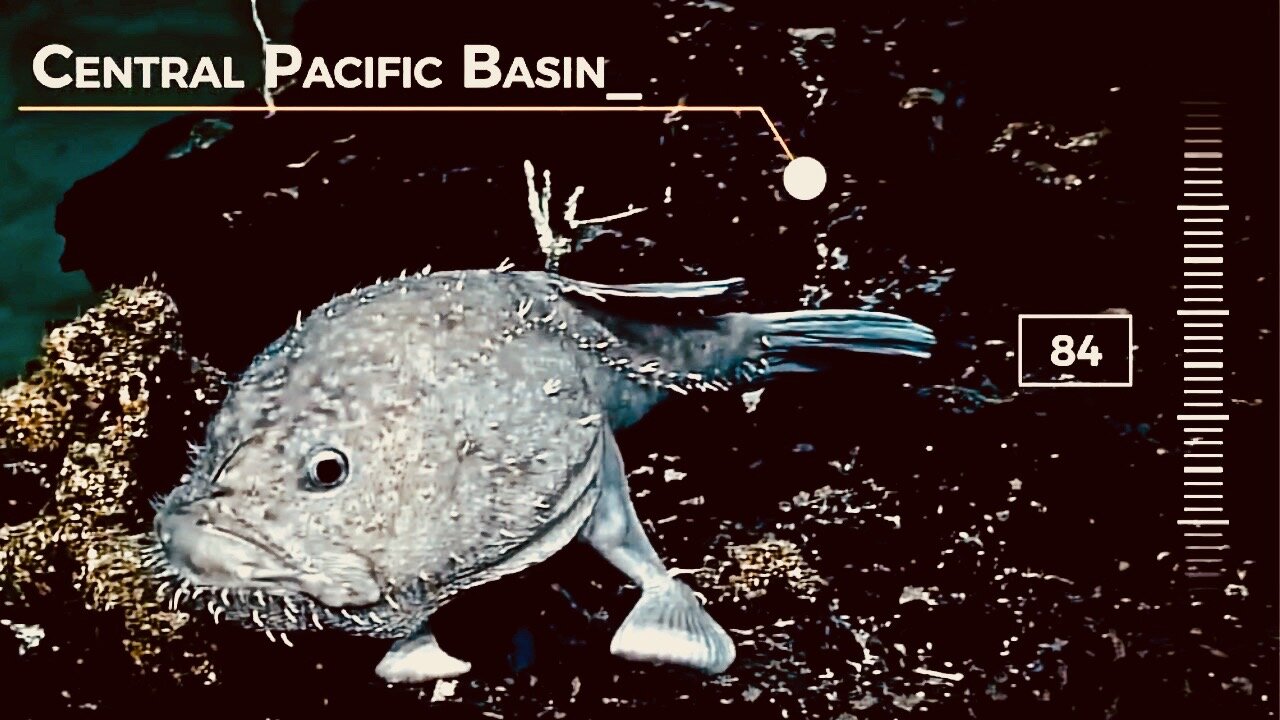Premium Only Content

Creatures Found by NOAA's Deep Ocean Explorer "Okeanos"
Music: Bottom of the Sea by Dhruva Aliman - Amazon- https://amzn.to/3dgKA52 - https://dhruvaaliman.bandcamp.com/album/hard-to-get-along http://www.dhruvaaliman.com/ - Spotify - https://open.spotify.com/artist/5XiFCr9iBKE6Cupltgnlet ...NOAA Ship Okeanos Explorer wrapped up a three-year campaign to investigate and document deep waters in U.S. central Pacific waters, the high seas, and waters of several Pacific Island countries and territories. We then headed back to the Gulf of Mexico, to explore deep-sea habitats and associated marine communities in the Gulf. This video captures just some of the highlights from 2017 activities.
NOAA Ship Okeanos Explorer will return to the Atlantic Ocean and conduct a series of expeditions to continue exploration of the deep waters of the U.S. Gulf of Mexico and North Atlantic. A multidisciplinary team of scientists, technicians, and engineers – both on board the ship and on shore – will conduct undersea mapping and remotely operated vehicle (ROV) explorations of the geological, biological, archaeological, and chemical features of these vast areas.
The team will investigate the Gulf of Mexico, Mid- and South Atlantic Bight, Northeast U.S./Canada transboundary area, and a priority mapping area in international waters south of Bermuda. The Atlantic expeditions are all part of the Atlantic Seafloor Partnership for Integrated Research and Exploration (ASPIRE) campaign - an umbrella for a subset of deepwater field activities that support the Galway Statement on Atlantic Ocean Cooperation exit icon. NOAA is proud to be partnering with Canada and the European Union to conduct work in support of the Galway Statement. The Galway Statement is an initiative between the U.S., Canada, and the European Union to advance knowledge of the Atlantic Ocean leading to improved stewardship and understanding. Operations in all areas will be designed to complement previous and planned work.
Expeditions will also include two technology demonstrations to test novel approaches or emerging technologies for ocean science, strengthening the use of the Okeanos Explorer as a platform for technology advancement and testing.
Throughout the year, telepresence technology will allow you to follow discoveries via the NOAA Ocean Explorer website, putting the unexplored ocean directly into your hands.
The Okeanos Explorer will transit from the Pacific Ocean to the Gulf of Mexico and ultimately the Atlantic Ocean – while mapping as much as possible along the way. From mid-October to November, the ship will transit about 5,000 nautical miles from Hawaii to Panama while mapping key unexplored areas along the Clarion Fracture Zone.
-
 LIVE
LIVE
Right Side Broadcasting Network
10 days agoLIVE REPLAY: President Donald J. Trump Keynotes TPUSA’s AmFest 2024 Conference - 12/22/24
5,523 watching -
 4:31
4:31
CoachTY
21 hours ago $21.53 earnedCOINBASE AND DESCI !!!!
113K10 -
 10:02
10:02
MichaelBisping
20 hours agoBISPING: "Was FURY ROBBED?!" | Oleksandr Usyk vs Tyson Fury 2 INSTANT REACTION
57K13 -
 8:08
8:08
Guns & Gadgets 2nd Amendment News
2 days ago16 States Join Forces To Sue Firearm Manufacturers Out of Business - 1st Target = GLOCK
91K86 -
 10:17
10:17
Dermatologist Dr. Dustin Portela
2 days ago $17.45 earnedOlay Cleansing Melts: Dermatologist's Honest Review
132K14 -
 1:02:20
1:02:20
Trumpet Daily
2 days ago $41.37 earnedObama’s Fake World Comes Crashing Down - Trumpet Daily | Dec. 20, 2024
89.9K59 -
 6:29
6:29
BIG NEM
1 day agoCultivating God Mode: Ancient Taoist NoFap Practices
66.6K17 -
 30:53
30:53
Uncommon Sense In Current Times
2 days ago $10.87 earned"Pardon or Peril? How Biden’s Clemency Actions Could Backfire"
80.7K5 -
 40:01
40:01
CarlCrusher
1 day agoSkinwalker Encounters in the Haunted Canyons of Magic Mesa - ep 4
74.7K9 -
 59:44
59:44
PMG
2 days ago $10.04 earned"BETRAYAL - Johnson's New Spending Bill EXPANDS COVID Plandemic Powers"
76.3K49